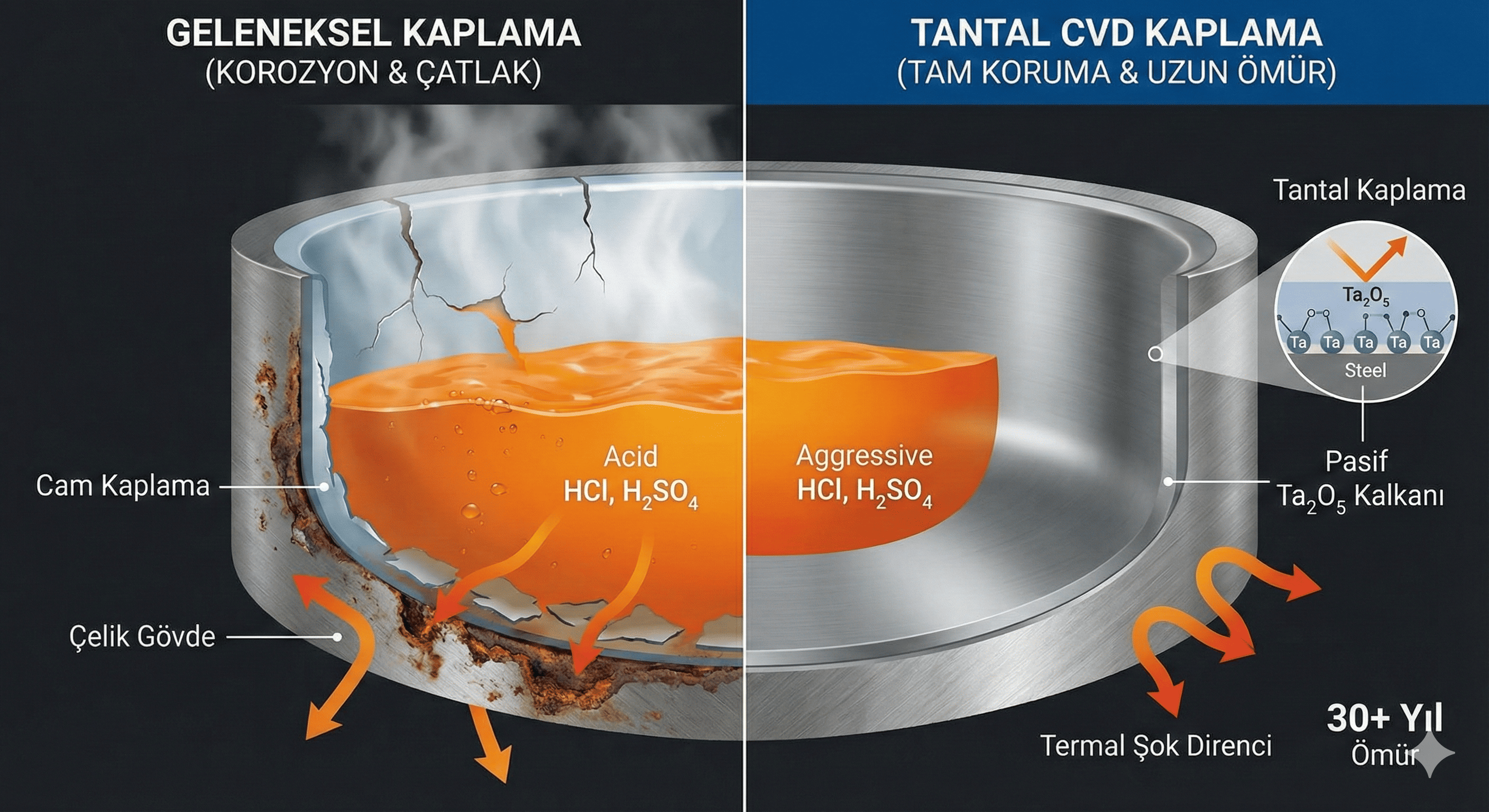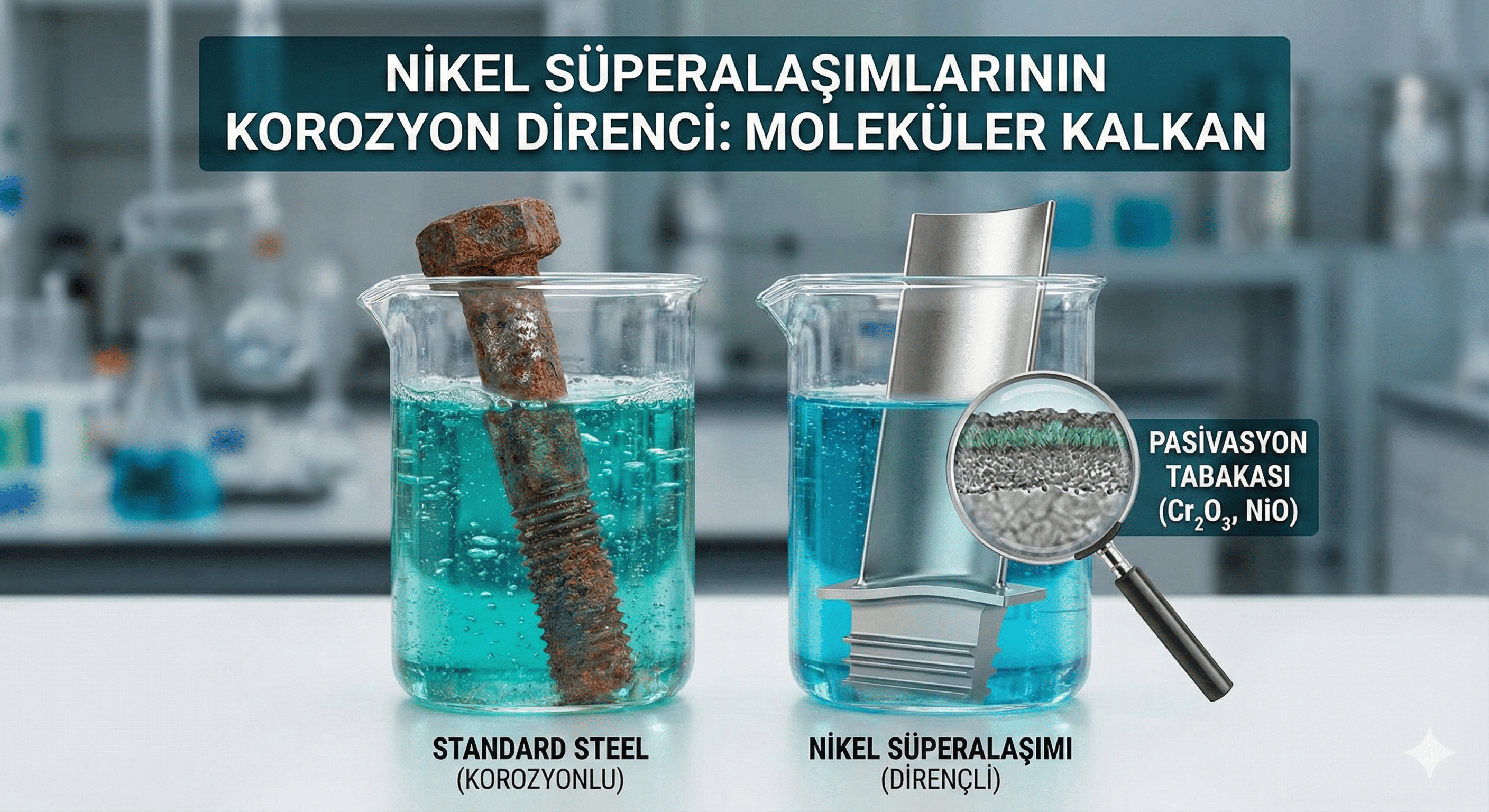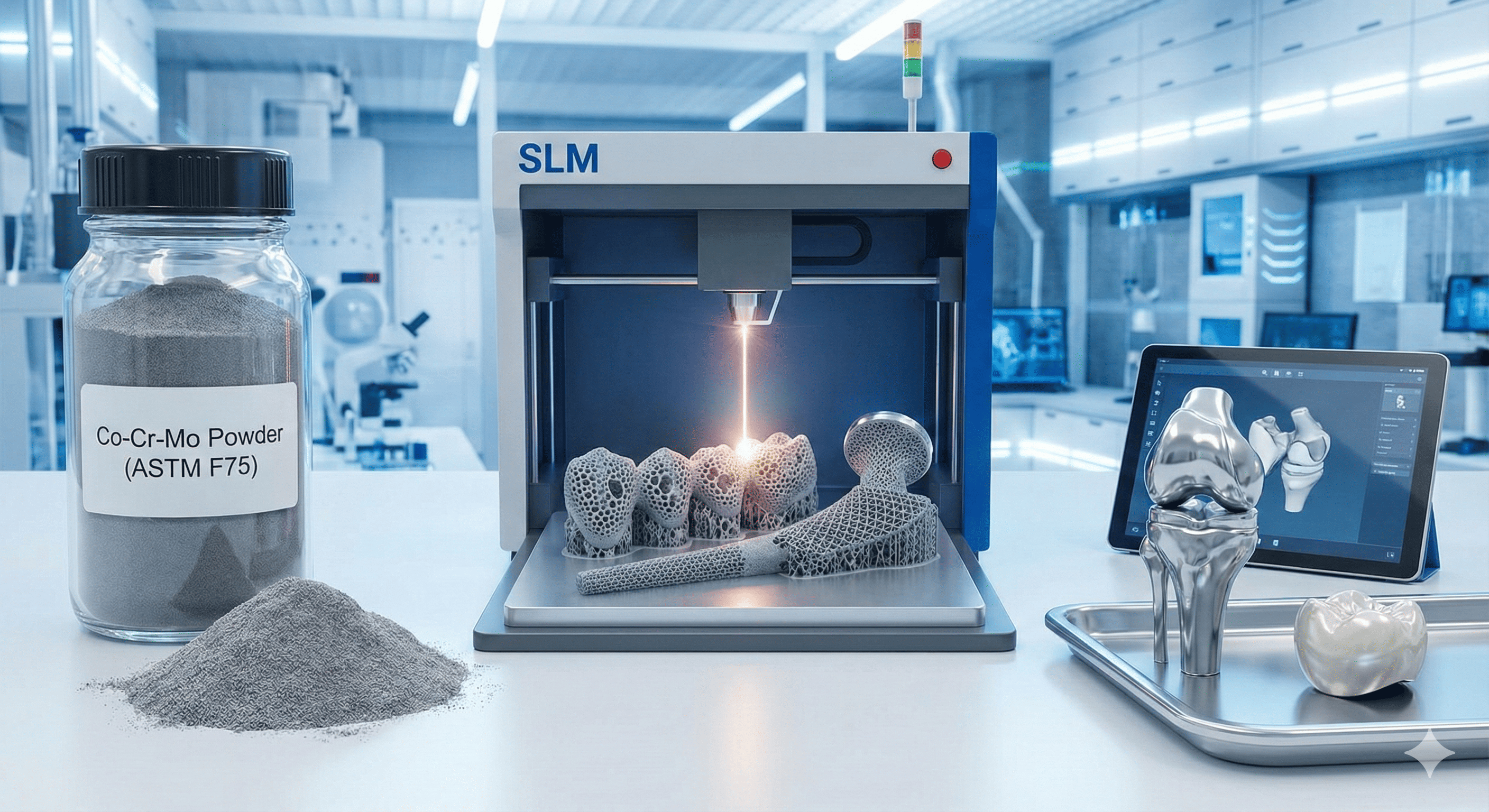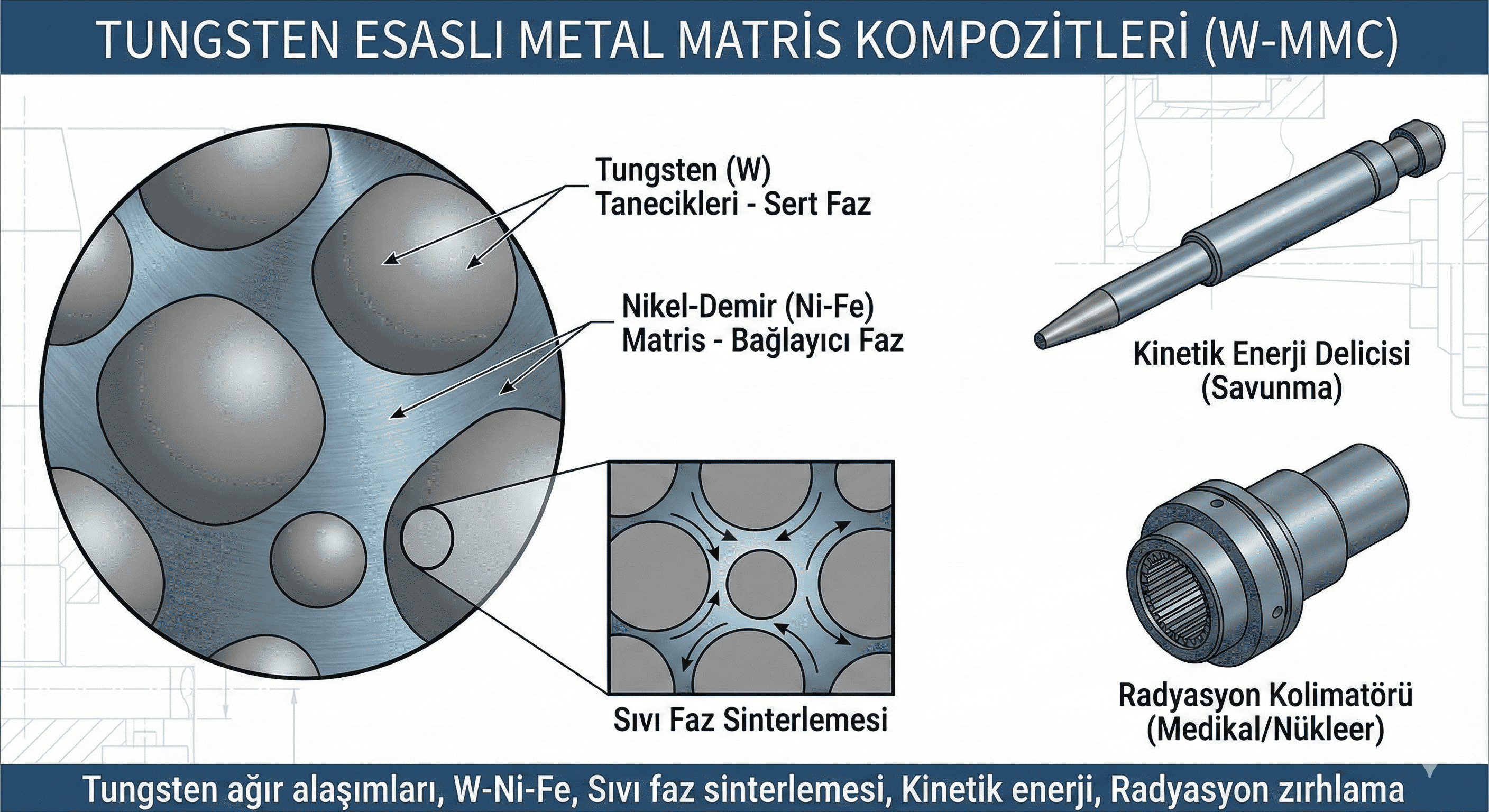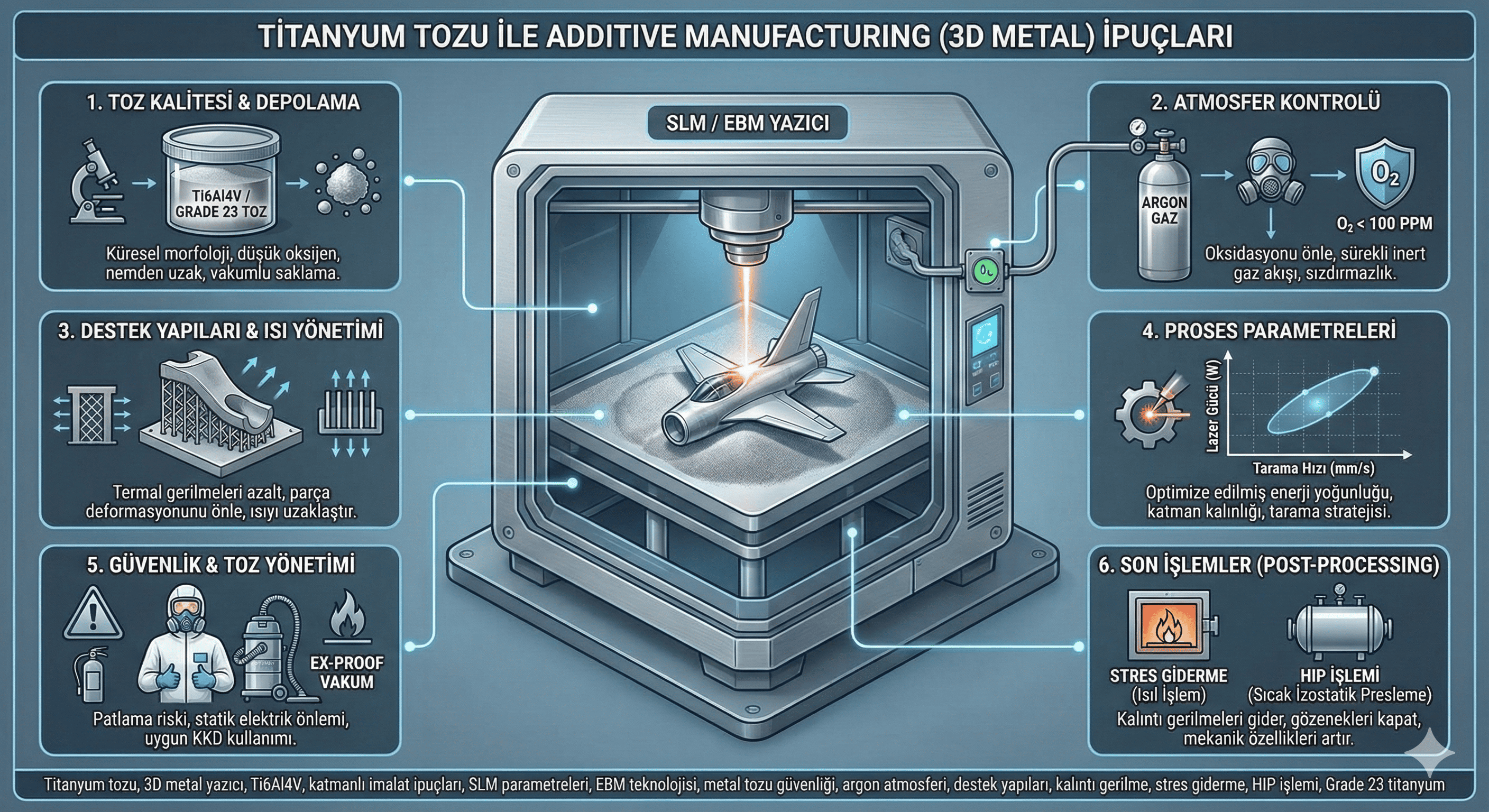Copper nanowires, with their unique structural and electrical properties, have garnered significant interest in nanotechnology and material science. This article provides an overview of the synthesis methods, key properties, and diverse applications of copper nanowires. Additionally, it addresses challenges associated with their use and suggests potential future research directions.
1. Introduction
1.1. What Are Copper Nanowires?
- Definition and characteristics of nanowires.
- Specific focus on copper nanowires: diameter, length, and aspect ratio.
1.2. Significance in Nanotechnology
- The role of copper nanowires in advancing technology.
- Comparison with other metal nanowires (e.g., silver, gold).
1.3. Objectives of the Article
- To explore the synthesis methods, properties, and applications of copper nanowires.
- To identify challenges and future prospects.
2. Synthesis of Copper Nanowires
2.1. Chemical Reduction Methods
- Detailed process of chemical reduction using copper salts and reducing agents.
- Advantages and limitations.
2.2. Template-Based Methods
- Overview of template synthesis using anodic aluminum oxide (AAO) or other templates.
- Steps involved and resulting nanowire properties.
2.3. Physical Vapor Deposition
- Description of the vapor deposition techniques used to fabricate copper nanowires.
- Benefits and challenges.
2.4. Other Techniques
- Brief discussion of alternative methods such as electrochemical deposition and laser ablation.
3. Properties of Copper Nanowires
3.1. Structural Properties
- Crystallinity, diameter, length, and aspect ratio.
- Influence of synthesis methods on structural properties.
3.2. Electrical Properties
- Conductivity and electron transport mechanisms.
- Comparison with bulk copper and other nanowire materials.
3.3. Optical Properties
- Absorption and scattering characteristics.
- Potential for applications in photonics.
3.4. Mechanical Properties
- Strength, flexibility, and durability.
- Implications for device fabrication.
4. Applications of Copper Nanowires
4.1. Electronics
- Use in flexible electronics and transparent conductive films.
- Integration into devices like touch screens and sensors.
4.2. Energy Storage and Conversion
- Role in batteries and supercapacitors.
- Application in solar cells and fuel cells.
4.3. Catalysis
- Effectiveness as a catalyst in various chemical reactions.
- Advantages over traditional catalysts.
4.4. Biomedical Applications
- Potential for use in drug delivery and imaging.
- Biocompatibility and safety considerations.
5. Challenges and Limitations
5.1. Oxidation and Stability
- Issues related to oxidation and methods to enhance stability.
- Strategies for passivation and protective coatings.
5.2. Scalability of Synthesis
- Challenges in scaling up synthesis methods for industrial applications.
- Solutions and advancements in large-scale production.
5.3. Cost Considerations
- Economic aspects of producing and utilizing copper nanowires.
- Cost-benefit analysis compared to other materials.
5.4. Environmental and Safety Concerns
- Potential environmental impact of nanowire production and disposal.
- Safety protocols and regulatory considerations.
6. Future Directions
6.1. Advancements in Synthesis
- Emerging methods and improvements in synthesis techniques.
- Potential for new materials and composites.
6.2. Innovative Applications
- Exploration of novel uses in technology, medicine, and industry.
- Predictions for future trends in nanowire applications.
6.3. Interdisciplinary Research
- Importance of collaboration across disciplines for advancing nanowire technology.
- Examples of successful interdisciplinary projects.
7. Conclusion
7.1. Summary of Key Points
- Recap of the synthesis methods, properties, and applications of copper nanowires.
7.2. Impact on Technology and Science
- Overall significance of copper nanowires in advancing various fields.
7.3. Final Thoughts
- Reflection on the future potential and ongoing research.
8. References
- Comprehensive list of scientific papers, reviews, and sources cited in the article.
Feel free to tailor each section according to specific data or findings you might have. If you need more detailed information or specific sections expanded, let me know!

